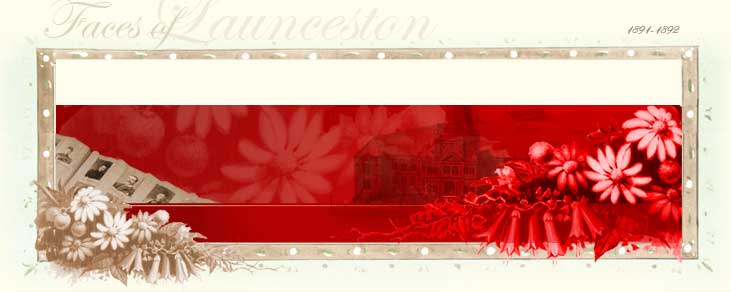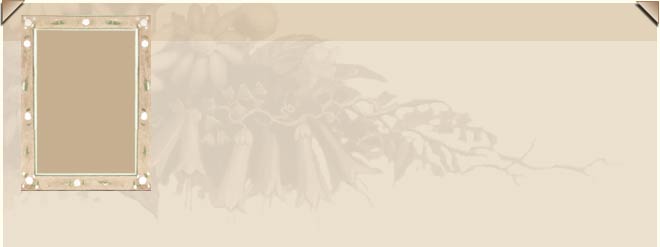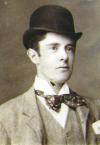William Paxman was born in Colchester, Essex, England, in 1866, a son of James Noah Paxman (1832-1922) and his second wife Sarah Page. James Paxman had begun his working life as a machine maker and mechanical engineer. By the age of 21 he was managing engineer in the Colchester foundry of Catchpool and Catchpool. In 1865 he left to found Davey, Paxman & Davey and was sometimes later known as “Davey” Paxman. He gained considerable experience in using steam to power engines and carriages and went on to develop efficient and successful steam engines. He was on the London Committee for the Tasmanian Exhibition and exhibited several steam engines.
William attended Linton House School in Colchester and in 1890 joined his father in the business of Davey, Paxman & Co. He may have been in the army before this time as he was known as Captain Paxman.
The Examiner, on 5 Jun 1891, in an item headed “Anglo-Australian in London”, reported: “At the last meeting of the Launceston Exhibition Committee it was quite settled that Captain William Paxman, son of Mr Davey Paxman of Colchester should go out in charge of the firm’s exhibits, and to represent all English exhibitors.” While in Launceston for the Exhibition, Captain Paxman was a member of the General Committee of the Exhibition. He was also a member of a deputation from exhibitors to the commissioners urging them to keep the Exhibition open for longer and advertise it more widely.
In 1893 William married Mildred Evelyn Barker at Birkenhead. Their daughter Mary Evelyn was born in 1894 followed by two sons, James Reynolds in 1897 and William Hamilton in 1899, all born in Colchester.
In 1894 William became a partner in the firm Davey and Paxman. He served in the First World War and, after it was over, Major Paxman resumed his role in the management of the company. He did not rejoin the board of directors when the company was reformed in 1932. William Paxman died in Folkestone, Kent, on 11 Dec 1939.
(Information largely from Paxman History website.)


